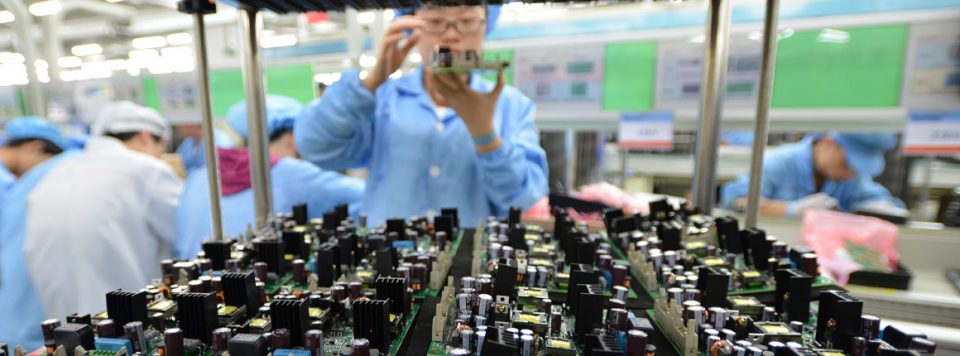The semiconductor crisis that has paralysed manufacturing across the globe is just the beginning and geopolitics will come to dominate technology supply chains in the coming decade, a consultant has warned.
Richard Gordon, practice vice president at Gartner, told Supply Management the semiconductor supply chain demonstrates the negatives of globalisation, as there are single points of failure across the world.
He predicted the world would break into different blocs of collaboration and “parallel supply chains” would emerge, with no return to the pre-Covid status quo.
“There’s either the globalised world where everybody is interconnected, or everyone does their own thing and you’ve got a local supply chain,” Gordon explained.
“It’s more likely we’ll see something in the middle – spheres of influence. The US and Japan, Europe or the UK, they’ll all be collaborating. And then you’ll have the China sphere of influence, which is more likely to be India, Russia, North Korea, Iran.
“We’re going to get parallel supply chains. And it’s inevitable, because there’s no way we’re going to pre-Covid status quo.
“Western governments are reluctant to use Chinese technology, so the future will be techno-nationalism. The US and Europe will have to rely more on western manufacturing and less on China… There’s going to be some relocation of some local, low cost manufacturing in emerging economies particularly mainland Europe, maybe Central America.”
Gordon’s comments are backed by a poll conducted in June 2022 by market research organisation Ti Insight and the Foundation for Future Supply Chains that found just 18% of 129 executives agreed “globalisation in its present form is here to stay”.
A third (36%) agreed “security tensions between China/Russia and US/Europe will lead to new supply chain hegemonies based on ally-sourcing” and half (46%) thought “supply chains will become substantially more fragmented and localised as a result of protectionism, risk, costs and re-shoring”.
Gordon recommended procurement managers do the following to navigate the rise of techno-nationalism:
1. Relationship building
Buyers should develop a more strategic relationship between supplier and customer, Gordon said. Long-term agreements (LTAs) were less functional than they seemed. Instead of focusing on contractual agreements, procurement managers should seek find mutually beneficial and fair agreements that permitted leeway.
“This works best obviously if you’re a tier one buyer,” he admitted. “You say, ‘We want to buy your stuff for the long term. Please don’t screw us over.’”
2. Build up buffers
In technology supply chains, one option is to build up buffer stock and inventory. For industrial and automotive equipment especially, this allowed buyers to build up a decade-long supply in advance.
Semiconductors, however, have a much shorter product lifecycle. Gordon warned against building up an inventory of obsolete products.
3. Raise geopolitical awareness
“You’re going to find our export controls and entity lists will say, ‘You can’t deal with this person, or this country, or this company’… Make sure you keep on top of the legislation and politics of all this, because it’s not going away. It’s going to get worse before it gets better,” Gordon warned.
4. Re-evaluate the supplier base
Gordon emphasised the need to take a strategic look at your companies’ supplier base. Geographical risk, technological capabilities or capacity problems all should be taken into account.
“Is this supplier going to be here in five years time? Have I got a second source and a third source? Are these companies I’m dealing with in China? If so, maybe I need to reevaluate that. Is there somebody else I can deal with that’s not in China? It’s a case of taking a fresh look at procurement policies, because it’s not a globalised world anymore.”
☛ Want to stay up to date with the news? Sign up to our daily bulletin.


